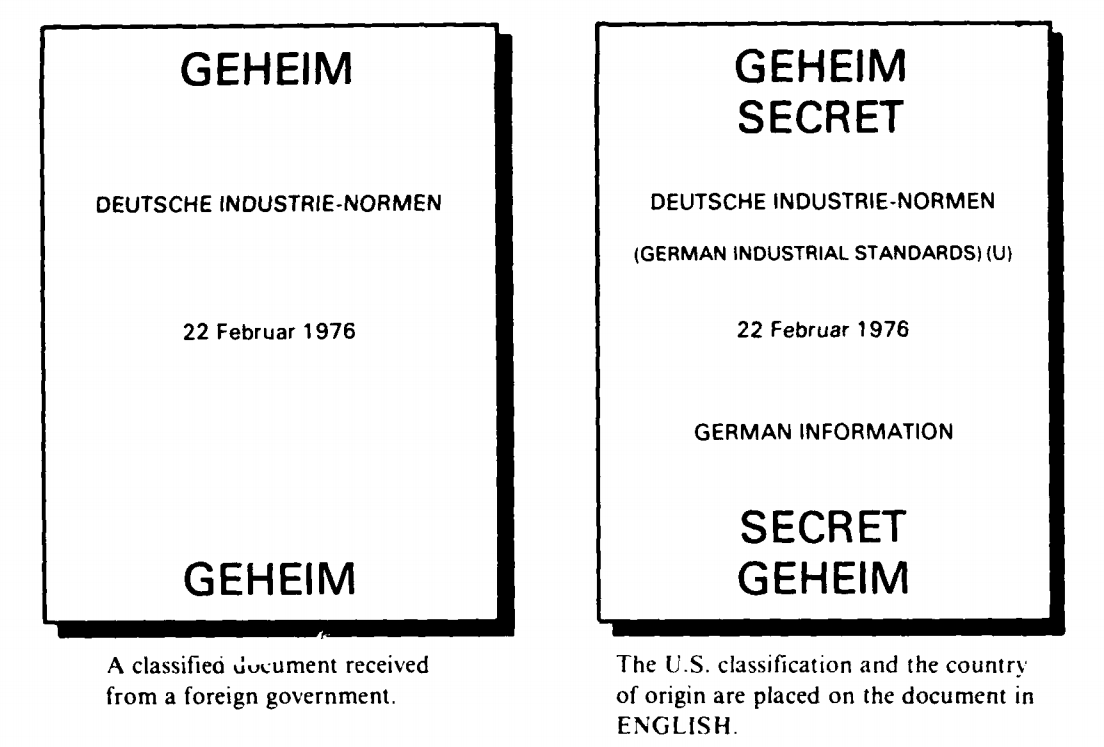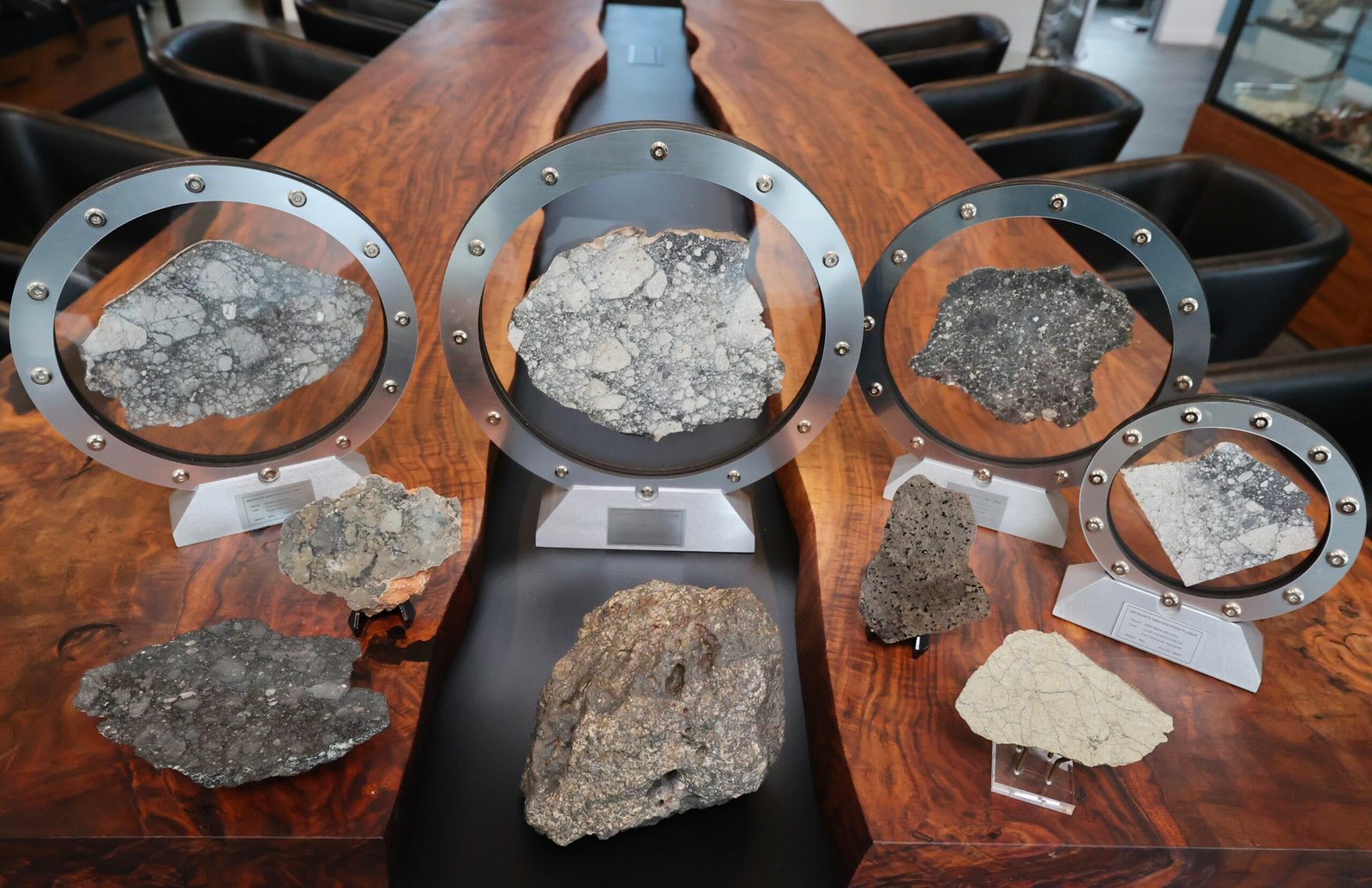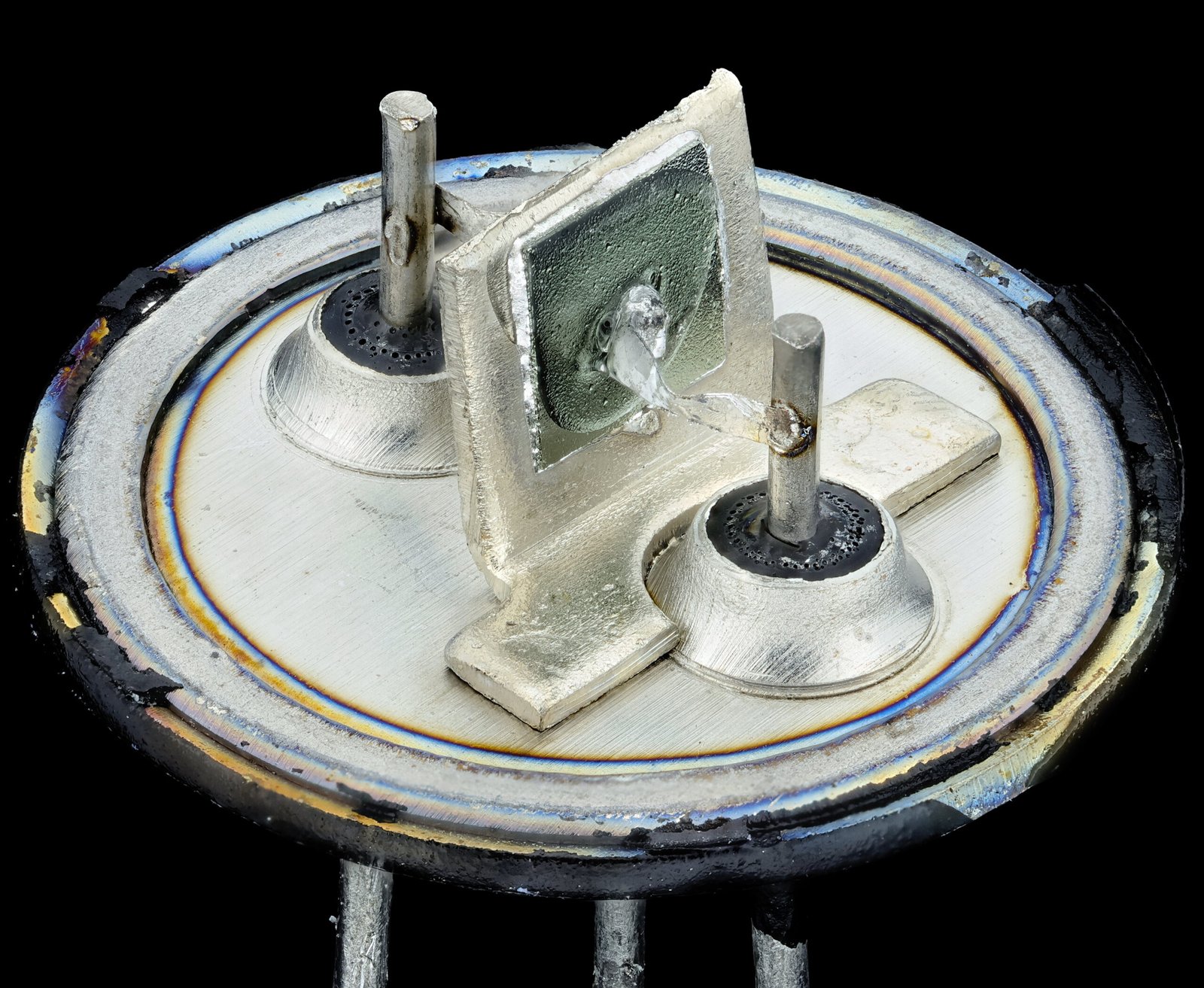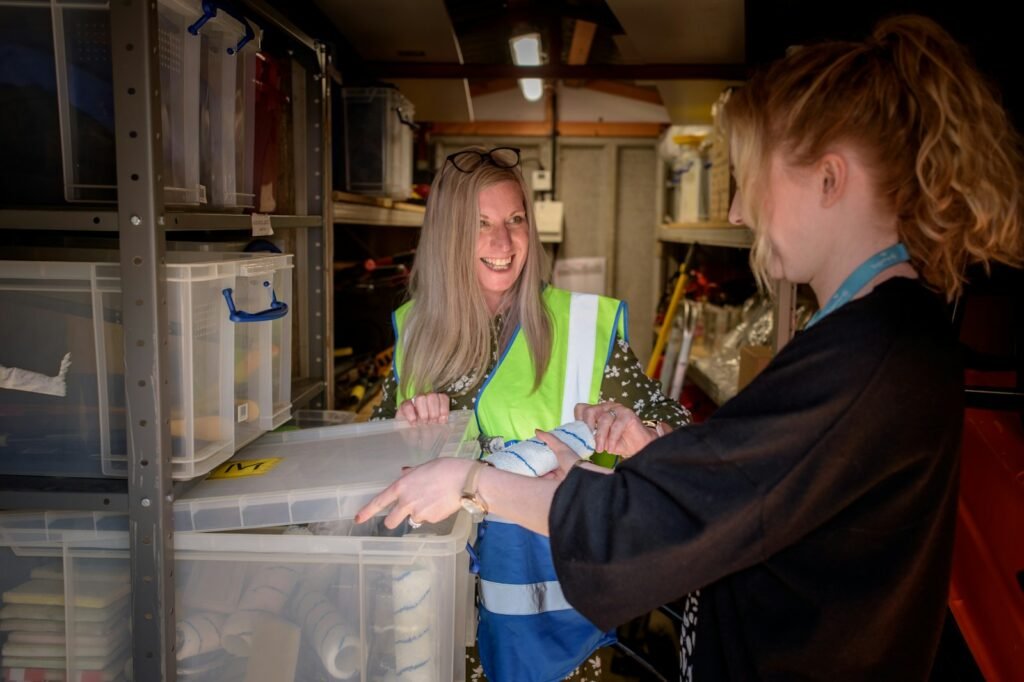It’s the kind of tale that sends tingles down your spine—a secretive Pentagon program, mysterious materials rumored to be “alien alloys,” and a flood of speculation that swept across the globe. Imagine the world’s most powerful military quietly investigating unidentified flying objects, collecting strange metals, and storing them in secret facilities. The “Alien Alloys” story isn’t just a chapter in science fiction; it’s a real-life mystery that has ignited imaginations, sparked debates, and left both skeptics and believers clamoring for answers. But what really happened behind those locked doors? And do these materials truly hold clues to life beyond Earth, or is the truth even stranger than the rumors?
The Birth of a Secret Program: AATIP Emerges

In 2007, a covert project known as the Advanced Aerospace Threat Identification Program (AATIP) came to life within the Pentagon’s labyrinthine halls. This wasn’t just another run-of-the-mill defense initiative. AATIP’s mission was as bold as it was mysterious: investigate sightings of unidentified aerial phenomena, or UAPs, and determine whether they posed a threat to national security. Funded with $22 million—an almost invisible drop in the ocean of the defense budget—the program operated out of the shadows, spearheaded by a small group of determined analysts and scientists. The mere existence of AATIP was concealed for years, hidden from public scrutiny and shielded by layers of secrecy. When details finally trickled out, the world was left gaping in awe and curiosity.
Mysterious Materials: The “Alien Alloys” Enter the Conversation

Among the most electrifying claims emerging from the AATIP saga was the alleged collection of exotic materials—bizarre metals and alloys supposedly retrieved from UFO encounters. Some insiders described these substances as not of this Earth, boasting properties that defied conventional science. Hints of warehouses storing these materials, whispered about in interviews and media reports, sent shockwaves through the UFO community. But what were these “alien alloys,” exactly? The tantalizing suggestion was that these materials had unusual atomic structures, strange isotopic ratios, or unique physical characteristics that set them apart from anything manufactured by human hands. The mystique deepened with each new detail, fueling wild theories and high hopes.
Examining the Evidence: What Was Actually Collected?

When the smoke cleared and the facts were scrutinized, the story of the “alien alloys” became more complex. Researchers and journalists who dug into the program’s records found that AATIP had, in fact, contracted private firms to study samples of unusual metals. Some of these were metallic fragments reportedly recovered from incidents involving UAPs. However, upon closer scientific analysis, many of the materials turned out to be ordinary industrial alloys, used in aviation or manufacturing. Despite thorough tests, nothing conclusively demonstrated extraterrestrial origins. Still, the persistent mystery kept the legend alive, as even the most mundane findings could not fully erase the public’s fascination.
The Role of Bigelow Aerospace: A Warehouse Full of Secrets?

A key player in the unfolding drama was Bigelow Aerospace, a company led by entrepreneur Robert Bigelow, who was deeply invested in paranormal research. Bigelow’s facilities were rumored to house the coveted “alien alloys” under government contract. The image of a warehouse brimming with otherworldly metals captured imaginations everywhere, conjuring visions of X-Files-like vaults and closely guarded samples. Employees were reportedly tasked with analyzing the physical and chemical properties of the materials, searching for any hint of non-terrestrial origin. Yet, most of what was discovered traced back to known human technologies. Even so, the aura of secrecy and intrigue surrounding the facility kept speculation alive.
What Did the Scientists Actually Find?
The scientific investigation into the mysterious metals was rigorous, with experts examining samples under powerful microscopes and subjecting them to sophisticated tests. Scientists looked for telltale signs: unusual isotopic ratios, crystal structures not found in nature, or properties that challenged the laws of physics. In most cases, the results were underwhelming—these were alloys similar to those used in airplanes or satellites. The “alien” label, it seemed, was more a product of rumor than reality. Still, the mere act of analyzing such materials for signs of extraterrestrial technology marked a significant departure from the skepticism that had dominated official attitudes for decades.
The Pentagon’s Public Response: Clarity or More Confusion?

When the existence of AATIP and the “alien alloys” story hit the headlines, the Pentagon was quick to issue statements. Officials clarified that while the program had investigated UAP sightings and collected some materials for analysis, there was no verified evidence of alien technology. These public responses aimed to quell the storm of speculation but often had the opposite effect, with skeptics and enthusiasts dissecting every word for hidden meaning. Some believed officials were holding back, while others accepted the explanations as mundane. The ambiguity only added fuel to the fire, keeping the story alive in the public consciousness.
How the Media Shaped the “Alien Alloys” Legend
Media coverage played a massive role in amplifying the drama surrounding the “alien alloys.” Sensational headlines, dramatic interviews, and speculative reporting captured the world’s attention. Journalists, eager for a scoop, sometimes blurred the line between fact and fantasy. Reports of “exotic materials” quickly morphed into “alien alloys” in the public imagination. As the story spread, details were embellished, and the legend grew. The emotional power of these stories—tapping into humanity’s age-old fascination with alien life—made them irresistible, and the line between reality and myth became ever harder to draw.
Debunking the Myths: Separating Fact from Fiction

As more information surfaced, scientists and skeptics began to push back against the wilder claims. Detailed analyses of the so-called “alien alloys” revealed nothing truly extraordinary—no revolutionary technology, no evidence of advanced civilizations. Experts emphasized that many metals, when examined closely enough, can reveal strange properties, but that doesn’t make them alien. The myth of the “alien alloys” persisted, however, thanks to the powerful allure of the unknown. It became clear that the story had become a mirror, reflecting humanity’s hopes, fears, and deep-seated desire for wonder beyond our world.
The Lasting Impact on UFO Research and Public Imagination

Regardless of the scientific findings, the “alien alloys” saga left a permanent mark on the world of UFO research. For believers, it was proof that the government took the phenomenon seriously, even if the results were inconclusive. For skeptics, it was a cautionary tale about the dangers of letting rumor outpace reality. The story inspired a new generation of scientists, journalists, and curious minds to probe deeper into the mysteries that surround us. It also reignited public debate about government transparency, the limits of science, and the tantalizing possibility that we are not alone in the universe.
What We Really Know—And What Remains Unanswered
Today, the truth about the “alien alloys” is much less sensational than the headlines once promised. The materials studied were, by all available evidence, human-made. The government’s interest in UFOs was real, but the results were more pedestrian than paranormal. Yet, many questions still linger: Why does the mystery of UAPs persist? What more might be hidden in classified files? The enduring fascination with the topic suggests that, deep down, we crave stories that expand our sense of possibility and ignite our sense of wonder. The “alien alloys” story, whether grounded in fact or fantasy, continues to remind us how powerful and enduring our curiosity truly is.




